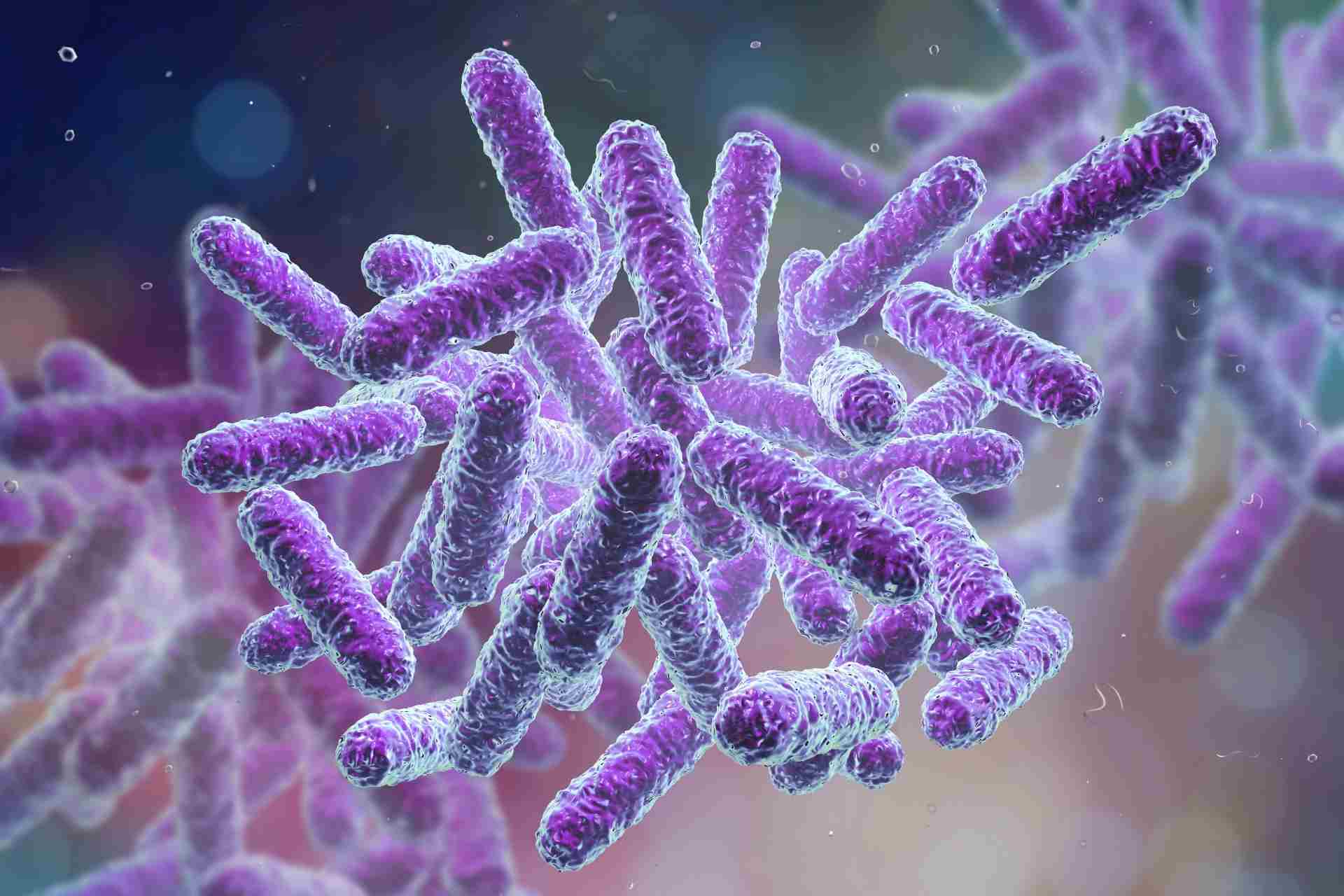What is already known
Different populations across the globe share many gut microbial species, but bacterial strains can vary remarkably between populations. Why different populations have different strains of the same microbial species has remained a mystery.
What this research adds
Researchers created evolutionary trees for more than 1,200 people from Africa, Asia and Europe as well as for 59 microbial strains most commonly found within their guts. More than 60% of these microbes evolved alongside humans over about 100,000 years. The researchers also found that microbes that co-evolved with people have smaller genomes and a unique set of genes compared with microbes that didn’t co-evolve with their hosts. Most of the microbes that evolved along humans are unable to live outside the human body, whereas those that didn’t evolve in tandem with people are adapted to live in the external environment.
Conclusions
Understanding how population-specific microbial strains influence microbiota-mediated conditions may help to develop treatments tailored to each population.
After the first humans moved out of Africa, they spread across the world and diversified genetically. A new study shows that gut microbes spread and evolved together with their human hosts.
The findings, published in Science, suggest that gut microbiotas reflect the distinct ancestries of human populations. Understanding how population-specific microbial strains influence microbiota-mediated conditions may help to develop treatments tailored to each population, the authors say.
Scientists have known that different populations across the globe share many gut microbial species, but bacterial strains can vary remarkably between populations. However, why different populations have different strains of the same microbial species has remained a mystery.
To address this question, researchers led by Ruth Ley at the Max-Planck-Institute for Biology analyzed the genomes and gut metagenomes of 1,225 people living in Africa, Asia and Europe.
Co-evolving partners
The team collected saliva and fecal samples from people in Gabon, Vietnam and Germany to sequence their genome and gut metagenome. They also analyzed existing data for people from Cameroon, South Korea and the United Kingdom.
The researchers found 59 microbial strains that were most commonly found within the participants’ guts. Then, they built phylogenetic trees to trace the evolutionary histories of each person and each of these microbial strains.
As expected, humans clustered into three major groups, which matched their geographic origins, and 36 bacterial strains — or about 60% of the microbes analyzed — were similar to the human host phylogeny, suggesting that they evolved alongside humans over about 100,000 years. Most of these strains were not previously known to having co-evolved with humans.
Precision therapies
The researchers also found that microbes that co-evolved with people have different traits compared to those that didn’t co-evolve with their hosts. For example, strains that followed human history have smaller genomes and are more sensitive to oxygen levels and temperature compared with microbes that evolved independently of humans.
These traits make microbes that evolved along people unable to live outside the human body. In contrast, those that didn’t evolve in tandem with people are adapted to live in the external environment. “It is also remarkable that the strains that followed our history most closely are now those who rely most on the gut environment,” says Ley.
The findings could help to develop microbiota-based treatments that may benefit specific human populations. “The microbiome is a therapeutic target for personalized medicine, and our results underscore the importance of a population-specific approach to microbiome-based therapies,” the researchers say.









